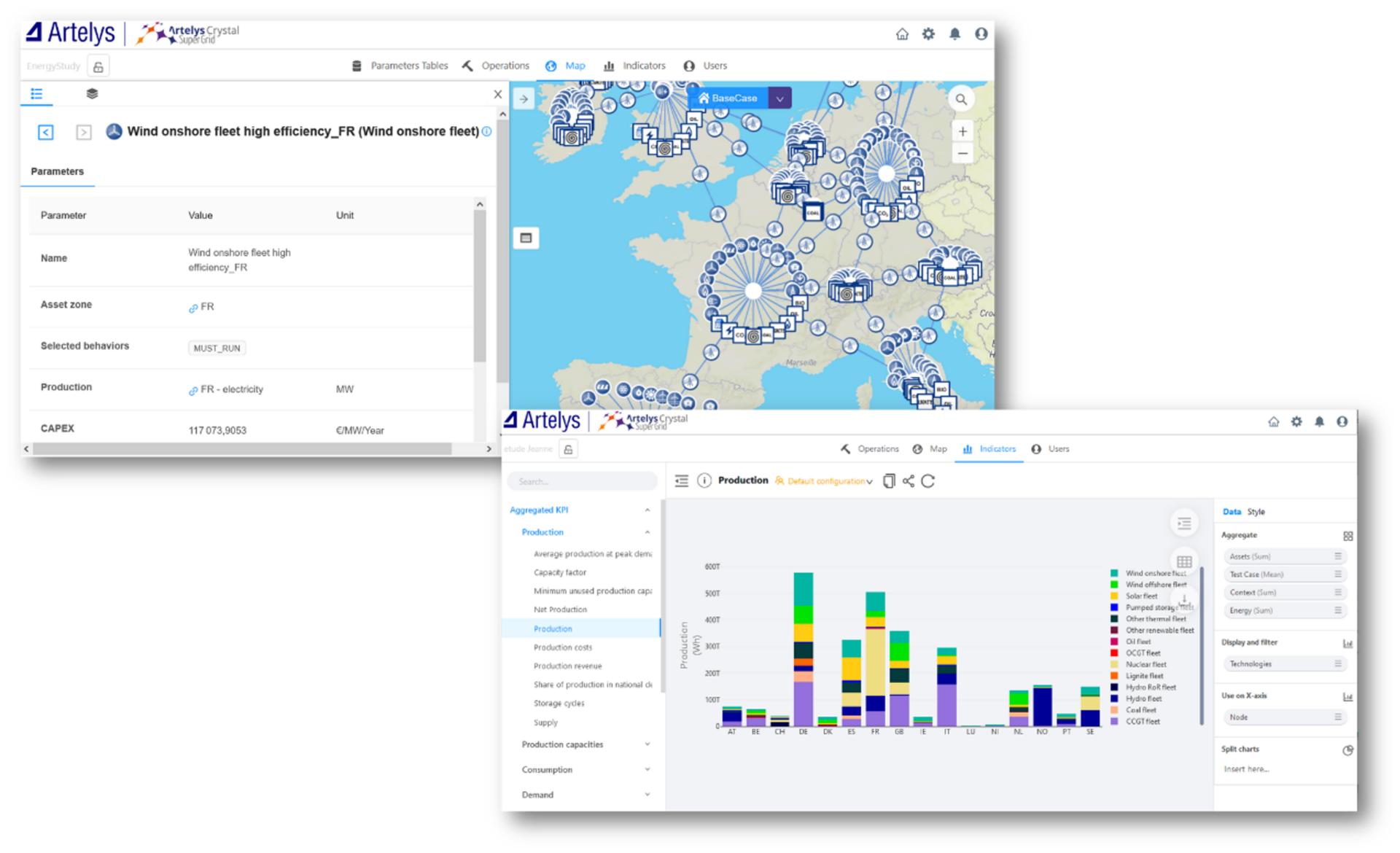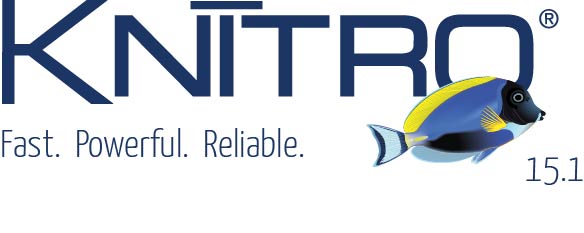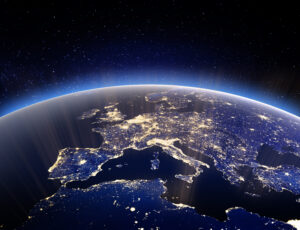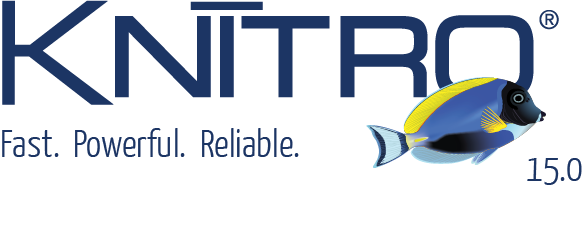Artelys delivers the European Commission with a major upgrade of the EU energy system model METIS
METIS is now available through a server-based platform, accessible via a web browser. It features brand new modules for the study of multi-energy systems and allows to simulate distribution and transmission power grids for the entire EU. The delivery represents the final stage of the METIS 2 project. In the context of the METIS 2 project, several major studies were prepared by Artelys and its partners for the European Commission, such as on the role of flexibility for distribution and transmission power grids, the role of hydropower in a decarbonised 2050 EU energy system, and benefits brought by energy system integration.
The upgrade in the context of the latest METIS delivery to the European Commission is three-fold:
- METIS, which is developed by Artelys and its partners for the European Commission, makes use of the high-performance Artelys Crystal Super Grid platform for visualisation and optimisation services. Since the initial METIS delivery back in 2018, the platform has evolved to adopt a client/server architecture, where the platform runs on a server and users connect through a web browser.
The redesigned interface simplifies the user experience when navigating through the simulation tool, with refined visualisation of studies, models, assumptions and results. A set of pre-defined key performance indicators allows to visualize aggregated results and hourly time-series with a single click, and offers an intuitive figure creation panel with aggregation, filtering, stacking, coloring and export functionalities. The METIS upgrade takes full advantage of the web-based architecture, allowing for computation-intensive capacity optimization on large-scale models and for a seamless collaboration between users.

Figure 1: Map and KPI interfaces in the Artelys Crystal Super Grid platform
- The METIS upgrade comes with additional energy vectors that have been included into the modelling scope, to fully account for the synergies brought by energy system integration. Along with the electricity system, the gas, hydrogen, and industrial heat systems are jointly optimised and their operation is simulated, capturing the benefits of sector coupling in terms of renewables integration, security of supply, and reduction in overall system costs.
- An additional METIS module enables users to simulate the electricity flows on European transmission and distribution grids. This module allows to capture the challenges brought by an increasing share of renewables, by measuring grid congestion, redispatch needs and curtailment. Distribution grids are represented through a series of network archetypes per country, distinguishing different network topologies (e.g. urban, rural networks, etc.) and climatic zones. The transmission grid module allows for a flow simulation of the EU power system, reflecting up to 15 000 individual grid nodes.
Figure 2: METIS transmission module visualisation
If you want to know more about Artelys services, you can contact us, check out our published reports for the European Commission or visit the Artelys Crystal Super Grid web page.

Artelys Knitro 15.1: Solve your toughest pooling applications!
Artelys releases Knitro 15.1, bringing a new wave of performance upgrades and usability improvements to help you solve large-scale optimization problems faster than ever.

Swissgrid selects Artelys Crystal Super Grid
Artelys is pleased to announce that Swissgrid, the Swiss electricity Transmission System Operator (TSO), has selected Artelys Crystal Super Grid, our multi-energy simulation solution, to support their strategic planning and system analysis activities.

Artelys led the Assessment of Policy Options for Securing Inertia for the European Commission
The European Commission’s Directorate-General for Energy (DG ENER) selected Artelys (leader), Trinomics, and Tractebel ENGIE to study solutions for ensuring the future frequency stability of the European power system. The study report was published in August 2025 by...

Artelys Knitro 15.0: New Tools for Your Large-Scale Models
Artelys is pleased to announce the release of Knitro 15.0, which provides new algorithms and performance improvements to solve your large-scale optimisation problems, whether linear or non-linear, more quickly.
subscribe to our newsletters
© ARTELYS • All rights reserved • Legal mentions
